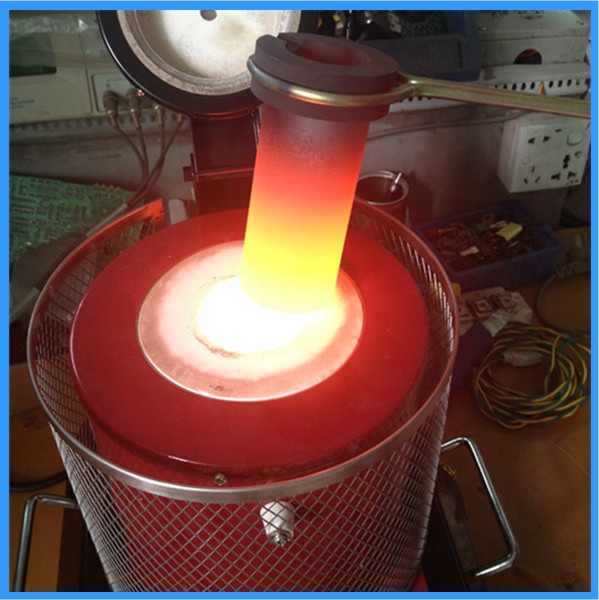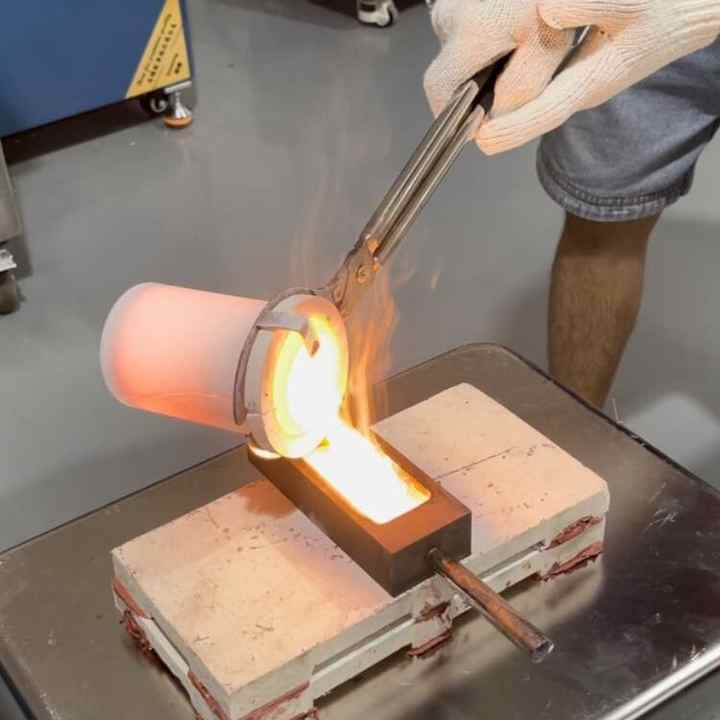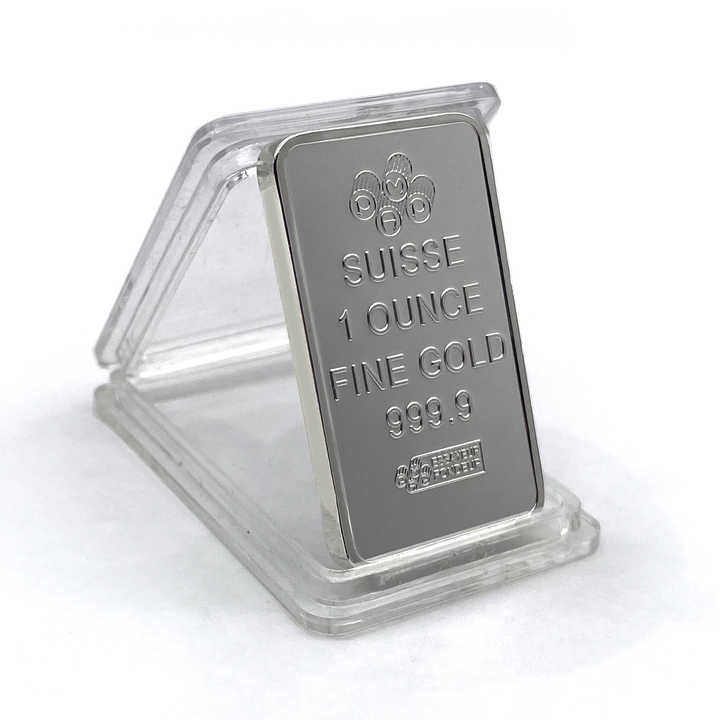silver chloride smelting

Silver Chloride Smelting
Silver chloride smelting is a specialized process used to extract pure silver from silver chloride, a compound that forms when silver reacts with chlorine. This process is vital in silver refining, especially when recovering silver from various sources, including ores and industrial by-products. Smelting silver chloride is both an ancient and modern technique that requires careful temperature control and the use of specific fluxes to obtain high-purity silver. In this article, we will explore the steps involved in silver chloride smelting, the equipment needed, and the advantages of this method.
What is Silver Chloride?
Silver chloride (AgCl) is a chemical compound formed when silver reacts with chlorine. It is a white crystalline substance that is insoluble in water but can be easily reduced to pure silver using heat and fluxes in a smelting process. Silver chloride is commonly found in nature as the mineral chlorargyrite, and it also forms as a by-product in processes like silver refining or industrial chemical reactions.

The Silver Chloride Smelting Process
Smelting silver chloride involves a series of steps that reduce the silver chloride compound into metallic silver. The process typically involves the following stages:
1. Preparation of Silver Chloride
The first step in the smelting process is obtaining silver chloride. This can be done by reacting silver-containing materials with chlorine gas or hydrochloric acid. The resulting silver chloride is usually filtered, washed, and dried before smelting.
2. Selection of Flux
Flux is a crucial material in the smelting process that helps to separate the metal from impurities. In silver chloride smelting, borax is often used as a flux. It helps reduce the silver chloride and allows it to separate from non-metallic impurities that are present in the smelting crucible.
3. Melting in the Crucible
Silver chloride and the flux are placed into a smelting crucible, typically made of fire-resistant material such as clay or graphite. The crucible is then heated in a furnace to a high temperature, usually between 1,200°C and 1,400°C (2,192°F to 2,552°F). At these temperatures, the silver chloride is reduced to metallic silver, while the flux helps to absorb impurities, forming a slag.
4. Collection of Pure Silver
Once the silver chloride has been reduced, the molten silver settles at the bottom of the crucible. The slag, which contains impurities, floats to the top and can be easily skimmed off. The molten silver is then poured into molds to cool and solidify into pure silver ingots.
Equipment Needed for Silver Chloride Smelting
To carry out the silver chloride smelting process, several key pieces of equipment are required:
- Smelting Furnace: A high-temperature furnace capable of reaching temperatures above 1,200°C is essential for smelting silver chloride.
- Crucibles: Fire-resistant crucibles made of clay, graphite, or ceramic are used to hold the silver chloride and flux during smelting.
- Flux Materials: Borax and other fluxes are used to help reduce the silver chloride and separate impurities.
- Protective Gear: Smelting silver chloride involves working with extremely high temperatures, so protective gear such as heat-resistant gloves, aprons, and goggles is necessary.
Advantages of Silver Chloride Smelting
Smelting silver chloride offers several benefits when it comes to refining silver:
1. High-Purity Silver
The smelting process effectively reduces silver chloride to nearly pure silver, typically achieving purity levels of 99.9% or higher. This makes it ideal for producing high-quality silver for industrial, investment, and jewelry purposes.
2. Cost-Effective
Silver chloride smelting is a relatively simple and cost-effective method, especially when compared to more complex refining techniques. It requires basic equipment and readily available fluxes, making it accessible for small-scale refiners and hobbyists.
3. Versatility
This process can be used to refine silver from various sources, including ores, scrap, and industrial by-products. The versatility of silver chloride smelting makes it a popular choice for both small-scale and large-scale silver refining operations.
4. Scalability
Silver chloride smelting can be done on a small scale at home or in larger industrial settings, depending on the equipment and quantity of silver being refined. This flexibility allows both hobbyists and professionals to use this method effectively.
Applications of Refined Silver
The silver obtained through smelting silver chloride is used in numerous applications, such as:
- Jewelry Making: High-purity silver is a key material for producing fine jewelry, which is valued for its beauty and durability.
- Electronics: Silver is used in electronics due to its excellent conductivity and corrosion resistance.
- Investment: Silver bars and coins produced from refining processes are popular investment options for individuals and institutions alike.
Challenges in Silver Chloride Smelting
While silver chloride smelting is effective, there are some challenges associated with this method:
- Environmental Impact: The process of smelting silver chloride can produce fumes and emissions, especially if not done with proper ventilation. This can pose environmental and health risks.
- Temperature Control: The success of the smelting process depends on precise temperature control. If the temperature is too low, the silver chloride may not fully reduce, while excessively high temperatures may lead to material loss.
- Handling Hazardous Chemicals: Chlorine gas and silver chloride can be hazardous to handle, requiring strict safety measures to prevent accidents.
Silver chloride smelting is a well-established method for refining silver, offering high levels of purity, cost-effectiveness, and versatility. By using fluxes like borax and carefully controlling temperature, silver chloride can be reduced to metallic silver suitable for use in jewelry, electronics, and other industries. Although some challenges exist, the overall benefits of silver chloride smelting make it a valuable technique for both small-scale and industrial silver refining.















